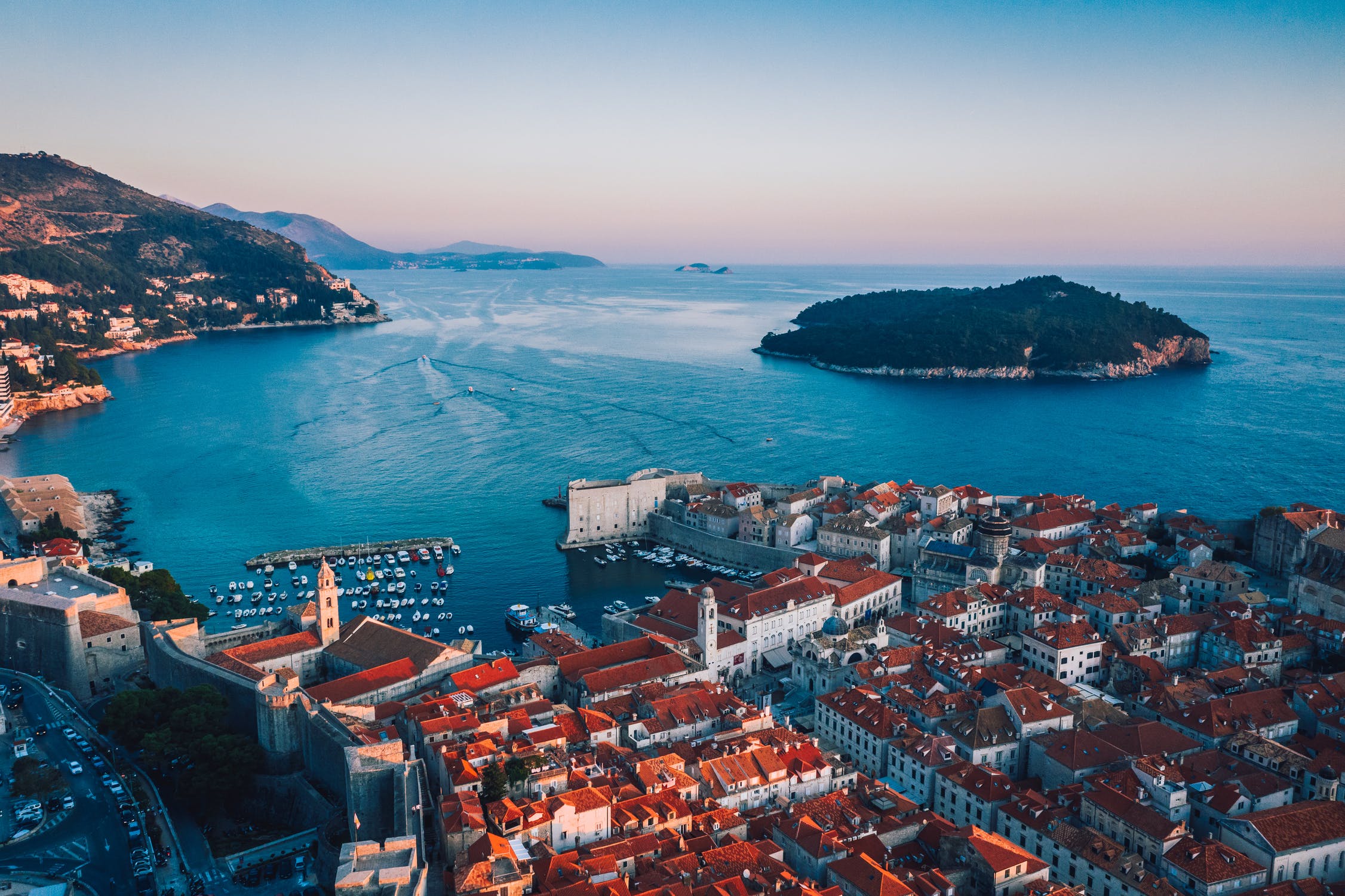About
Cities that are near the sea harvest multiple benefits in form of cooler air, affordable water transport, food source, strategic position, and recreational areas suitable for tourism. Contrary, those cities are most exposed to climate change, erosions, sea-level rise, and storm surges.
Many cities look for solutions to slow down the incoming waves and prevent coastal erosion, they can also prevent flooding events by renewing floodplains and revitalizing beaches while providing local citizens and tourists with places to visit, enjoy recreation and socialize.
For example, coastal floodings have doubled in the past 30 years according to Climate Science Special Report. Beach nourishment can be based on dune and wetland renewal since they attenuate wave heights. Marshes are used to mitigate climate change effects while preventing erosion and mitigating sea level rise by capturing sediment while simultaneously providing ecosystem services such as fish production, recreation, and biodiversity.
Relevant facts
The figures that speak change!
Vegetation in salt marshes may reduce wave heights by up to 60%.
Being closer than 5 km to the beach stimulates good behaviors as recycling, walking&cycling and buying locally.

